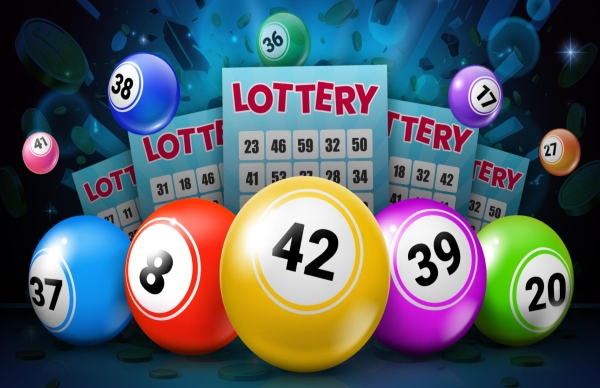Alphabet position numbers demonstrate distinct frequency patterns that reveal which letter positions generate the highest gaming activity across traditional lottery systems. Statistical analysis shows certain numerical positions corresponding to specific letters appear more frequently in winning combinations than others. These patterns emerge from cultural preferences and mathematical probabilities influencing player selection behaviours. Historical data indicates that middle-range alphabet positions often outperform extreme positions in frequency analysis. The correlation between letter symbolism and numerical success creates identifiable trends that participants can observe and document systematically.
Primary position dominance
Certain alphabet positions consistently demonstrate higher frequency rates across multiple lottery systems and cultural contexts. Players incorporating traditional erek erek interpretation methods often gravitate toward these statistically prominent positions when constructing their number sequences. Symbolisms and preferences associated with dominant patterns in the social and cultural realms reflect historical experiences accumulated over long periods. Positions 7 (G), 13 (M), and 19 (S) appear with notable frequency in many alphabet lottery systems, suggesting either cultural importance or favourable mathematical properties. There is a tendency for these positions to be associated with culturally significant symbols or concepts that are strongly tied to traditional interpretation methods.
Mid-range position advantages
Letters occupying middle alphabet positions frequently outperform those at the extreme ends of the alphabetical sequence. This tendency reflects practical selection psychology and cultural preferences favouring moderate positions over extreme choices. The middle-range advantage appears consistent across different cultural contexts and lottery systems. Positions 10-16 demonstrate particular strength in frequency analysis, possibly reflecting human preference for moderate choices over extreme options. This psychological tendency influences conscious selection decisions and subconscious cultural biases that shape traditional interpretation systems.
Statistical clustering patterns
Frequency analysis reveals that winning positions appear in clusters rather than a random distribution across the entire alphabet. These clustering patterns suggest systematic bias in lottery systems or collective selection behaviours that create statistical anomalies. It is important to note that the non-random distribution provides participants with position selection guidance. Clusters typically form around positions 5-9, 12-16, and 20-24, creating identifiable zones of higher activity. These patterns remain relatively stable across different periods and lottery systems, suggesting fundamental factors rather than temporary statistical fluctuations.
Seasonal variation influences
- Weather-related symbols associated with specific alphabet positions show increased selection during corresponding seasonal periods and cultural celebrations
- Holiday traditions linked to particular letters create temporary spikes in position popularity during relevant cultural observance periods
- Agricultural cycles connected to specific letter meanings influence rural player selection patterns and create predictable seasonal fluctuations
- Cultural calendar events tied to alphabet symbolism generate periodic increases in related position selection and frequency patterns
Seasonal variations create predictable fluctuations in position popularity that experienced players can anticipate and incorporate into their selection methodologies. These cyclical patterns add a temporal dimension to position analysis. Alphabet position analysis reveals that positions 7, 13, 15, and 19 generate the most consistent gaming activity across traditional systems. Middle-range positions (10-16) demonstrate particular strength, while cultural importance and seasonal variations create additional patterns that influence position selection behaviours and frequency distributions.




